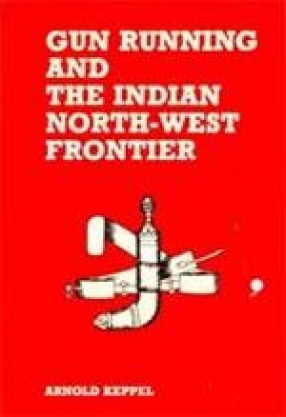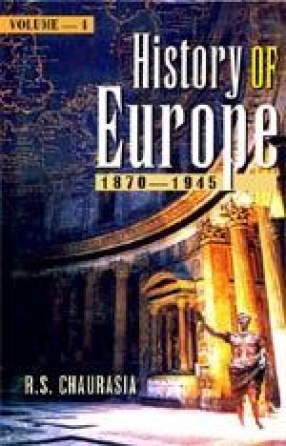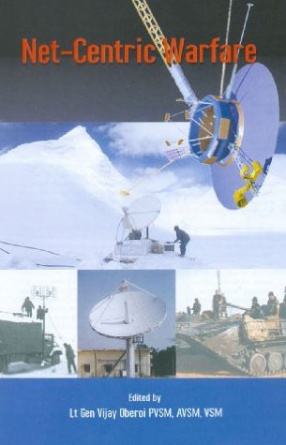The interest of the British Public had been centred on the internal problems of the Indian Empire, and chiefly those connected with the Hindu portion of the population. As a result of the alarming wave of sedition that swept over Bengal, accompanied by Brahmanical revivals, in the two Presidencies, the affairs of the North-West Frontier, with the Mahommedan subjects of the King-Emperor, had gradually been relegated to a hazardous obscurity, and had not received the attention they deserved. The crisis on the frontier in the autumn of 1910, as a direct result of the suppression of the arms traffic in the Persian Gulf, had the effect of switching the limelight once again on to this most interesting quarter. People were at last beginning to realize that if the arming of the Pathan belt continued a frontier rising in the future would be an affair of infinitely more gravity than theretofore . But in spite of this the operations of the blockading squadron in the Persian Gulf were not sufficiently recognized as an integral part of frontier policy, and had attracted attention more from the hazardous nature of the undertaking than from any bearing that the ultimate suppression of the traffic might have on the tranquility of the frontier. IT was with this object, namely, of emphasizing the connection between the operations of the blockading squadron and the preservation of peace on the Pathan border, that the author ventured on the publication of this book. Though the book hardly brings the history of the frontier comprehensively and updated, it had proved to be of vital significance due to dearth of literature on the subject.
Gun Running and The Indian North-West Frontier
In stock
Free & Quick Delivery Worldwide
Bibliographic information
Title
Gun Running and The Indian North-West Frontier
Author
Edition
Reprint
Publisher
ISBN
8121201160
Length
xiv+214p., Maps; Index; 23cm.
Subjects






There are no reviews yet.